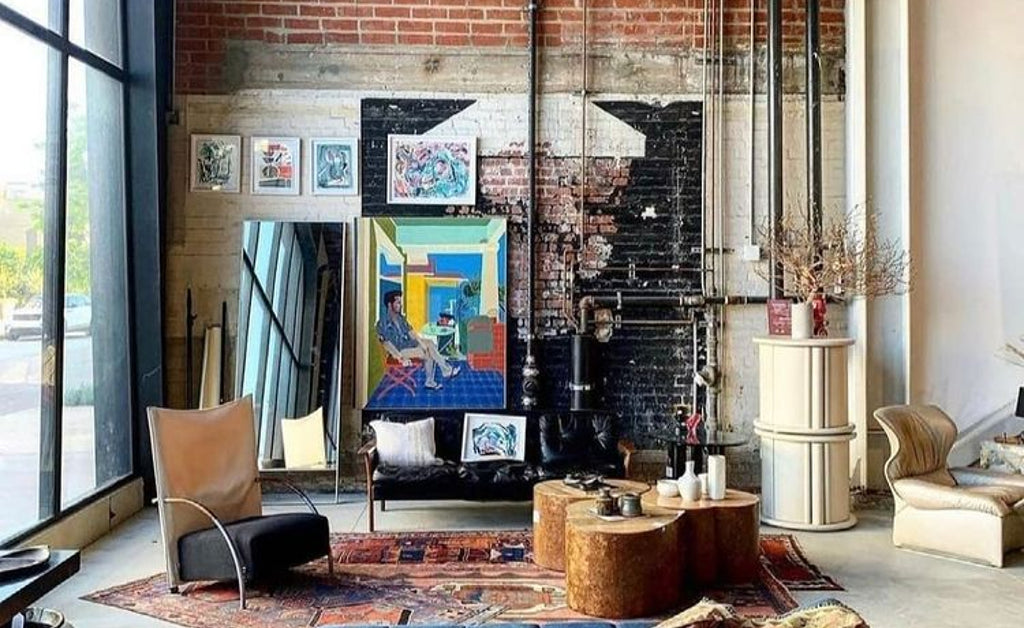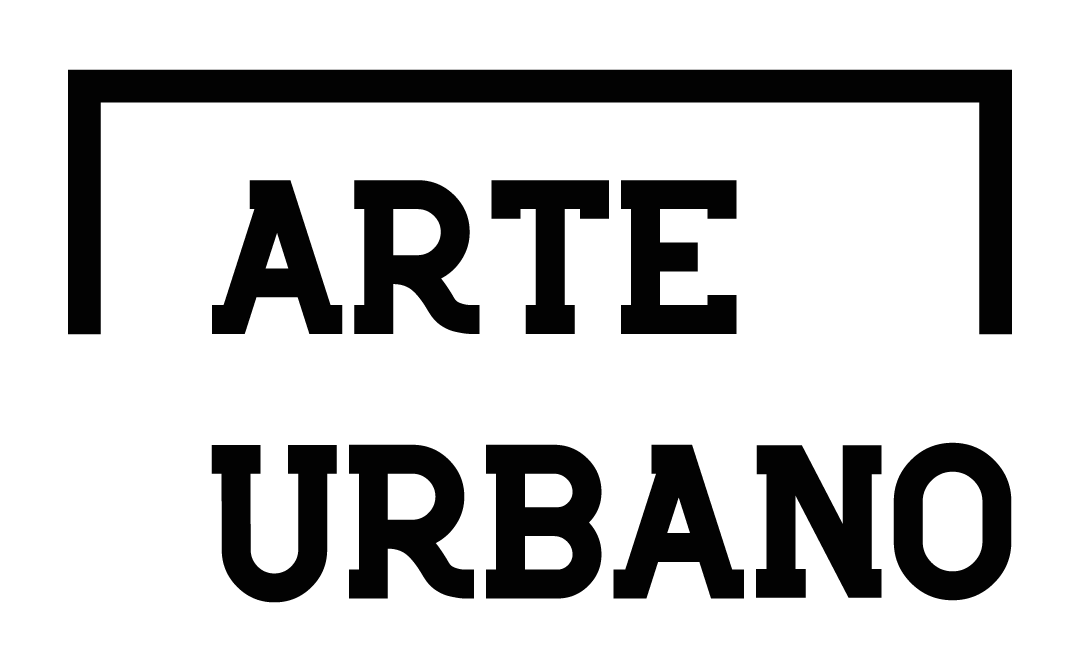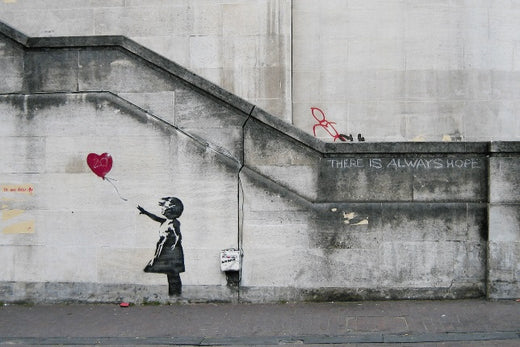
Industrial Interior Design: 8 characteristics to pull out your design project

Some may view metal and open spaces associated with industrial design and decor as frigid, yet this style actually borrows heavily from the warm and inviting hygge aesthetic popular throughout Scandinavia.
Let's dive into Industrial Interior Design
The industrial house design style is influenced by the utilitarian aesthetic of converted factories from the Industrial Revolution and features an emphasis on raw materials and simple forms. Open floor designs, neutral colors, and vintage elements like Edison lamps characterize the interior design style.
Though it is centered on minimalist, open spaces, homeowners may introduce industrial interior design into any area by incorporating a variety of rustic materials in furniture and lighting accessories. Particularly in living rooms and dining rooms, modern homes combine a warm blend of industrial, mid-century modern, and farmhouse architecture.
Industrial Interior Design: A Brief History
Industrial style interiors, though generally considered a modern aesthetic, have their origins in the era of the Industrial Revolution. Industrial design began with the creation of massive factories capable of housing complex machinery and a huge workforce.

During the 1760s, the first industrial revolution ushered in the era of mass manufacturing in the world's major cities across Europe and the United States. Large grid-paned windows, lofted floors, open floor designs, and exposed brick walls were all first seen in factories, which are widely credited as the genesis of industrial architecture. The majority of these additions were made for the sake of security. Examples include the exposed brick style, which developed because the plaster that was usually used to cover brick walls posed a fire risk.
There was a second Industrial Revolution in the 1870s, and it resulted in larger factories as companies integrated their operations. There was still a clear view of the concrete and steel that were used to reinforce these buildings. In 1879, Thomas Edison introduced his first light bulb, which would become an integral part of factory illumination. The steampunk movement draws its aesthetic and narrative inspiration from this time period as well.
While historic factories had been around for about 250 years, the industrial style really took off in the 2000s as a result of housing shortages in major cities like New York. Many cities have repurposed old factories into loft-style housing. The manufacturers' primary selling qualities were the abundant windows and exposed metalwork.
Fourth, the growing popularity of minimalism and hygge has contributed to an uptick in interest in industrial interior design, which finds an ideal home in the straight lines and raw materials that characterize contemporary and minimalist styles. Even huge suburban houses with neutral color schemes, lots of windows, and open floor plans are adopting these elements from the urban design. The neutral color scheme, weathered leather, and use of recycled wood and other natural materials are all hallmarks of this style, making it a hit in Scandinavian design, which values the cozy minimalism known as hygge.
Industrial Interior Design: 8 Characteristics
Although the industrial style favors minimal ornamentation, the following seven traits help to define it and provide some decoration ideas.

1. Neutral color palette:
In contrast to other minimalist designs, industrial spaces do not use only white shades. In addition to whites, greys, and blacks, it includes neutral brown tones.
2. Let in plenty of natural light:
Windows with huge black panes, frequently arranged in a grid pattern, are a signature of industrial design.
3. Draw attention to the building's structure:
The industrial design aesthetic is characterized by open floor plans and high ceilings. Exposed brick, concrete flooring, industrial pipes, and ductwork are commonplace in structures as opposed to drywall and wallpaper.
4. Repurposed materials:
Natural components can be included in the metal-heavy materials through the use of repurposed dining tables, bookshelves, and coffee tables.
5. Bare light bulbs:
Edison lights are a staple of industrial home decor, and they may be used alone or as part of a cluster to create a beautiful chandelier. Large metal domes, pendant lights, and floor lamps that expose the bulb are also common in industrial design, but they are less naked.
6. Graphic lines over sinuous ones:
Whether in the form of a windowpane or the iron wheels on bar stools. Do not confuse this with the art deco style, which features bright colors and shiny metals in a graphic, highly stylized design.
7. Cozy up with natural fabrics:
Leather and linen hold up well in these settings, and may be used for both furniture and accents to create a welcoming, lived-in look and feel.
8. Flooring:
In terms of flooring, polished concrete, stone, and wood are all great options that fit this aesthetic. The use of any rugs in an industrial style is not recommended. However, a little rug in a neutral color can do wonders for the coziness of your floor.
In addition to furniture, flooring, and lighting, the one thing that cannot be overlooked in the final project is an authentic piece of art to add character. Urban and street styles complement the industrial interior design perfectly. Take a look at our website and find the painting you've always wanted.




